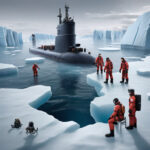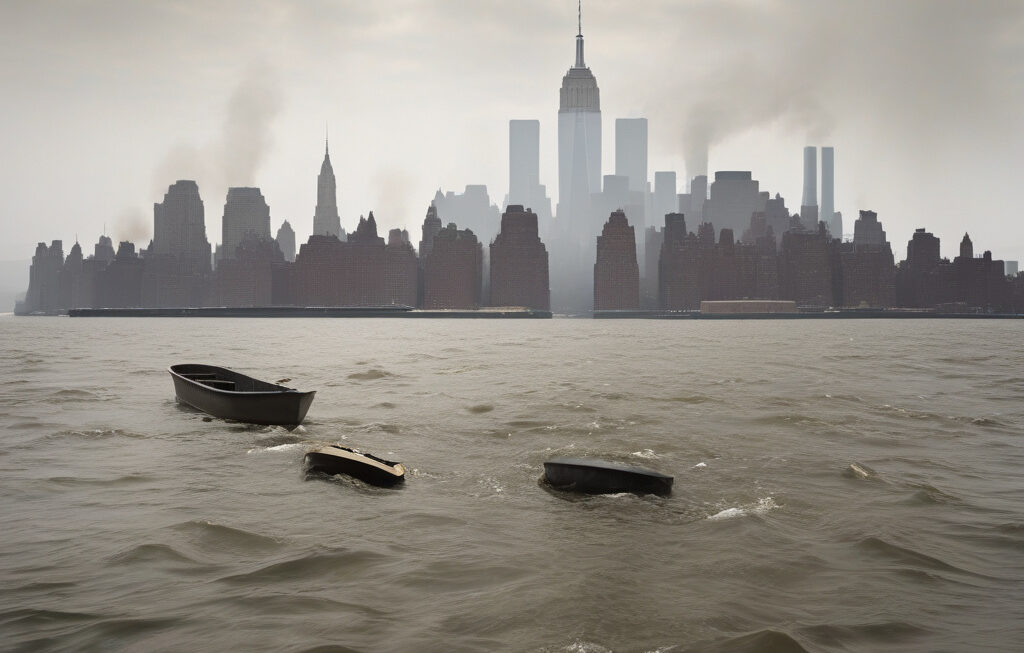40% of World’s Glaciers Expected to Disappear, Even with Stable Temperatures: Study
Glacier collapses vary from the Alps to the Andes, but scientists say climate change is accelerating their retreat. The latest study on glaciers presents a grim reality – even if global temperatures stabilize, about 40% of the world’s glaciers are expected to vanish. This alarming prediction underscores the severe impact of climate change on our planet’s icy giants.
The study, conducted by a team of international scientists, reveals that glaciers worldwide are melting at an unprecedented rate. The consequences of this meltdown extend far beyond the polar regions, affecting communities, ecosystems, and global sea levels. From the iconic glaciers of the Swiss Alps to the majestic icefields of the Andes, no region is immune to the effects of climate change.
In the Alps, glacier collapses have become increasingly common, with dramatic events like the recent melting of the Pizol glacier in Switzerland capturing global attention. These collapses not only alter the landscape but also pose significant risks to nearby communities, as meltwater can trigger dangerous flooding and landslides. The rapid retreat of glaciers in the Andes is equally concerning, as these icefields are a vital source of freshwater for millions of people in South America.
While some may argue that stable global temperatures should halt glacier melt, the study’s findings paint a different picture. Even with no further temperature rise, the damage already done to glaciers is irreversible. This highlights the urgent need for decisive action to mitigate the impacts of climate change and preserve these vital ice reserves.
Efforts to address glacier retreat must include a combination of local and global initiatives. On a local level, communities that rely on glaciers for water supply must implement sustainable water management practices to adapt to shrinking ice reserves. Additionally, measures to reduce greenhouse gas emissions and limit global warming are critical to slowing the rate of glacier melt on a larger scale.
One example of a successful local initiative is the community-led glacier protection efforts in the Peruvian Andes. By working together to monitor glacier health, manage water resources, and raise awareness about climate change, these communities are taking proactive steps to safeguard their future.
On a global level, initiatives like the Paris Agreement play a crucial role in uniting countries to combat climate change and reduce emissions. However, more ambitious targets and concrete actions are needed to address the rapid loss of glaciers and other impacts of global warming.
The alarming findings of the study serve as a stark reminder of the urgent need to prioritize climate action. Preserving the world’s glaciers is not only crucial for maintaining freshwater resources and protecting vulnerable communities but also for safeguarding the planet’s biodiversity and ensuring a sustainable future for generations to come.
#Glaciers, #ClimateChange, #GlobalWarming, #WaterResources, #EnvironmentalImpact











